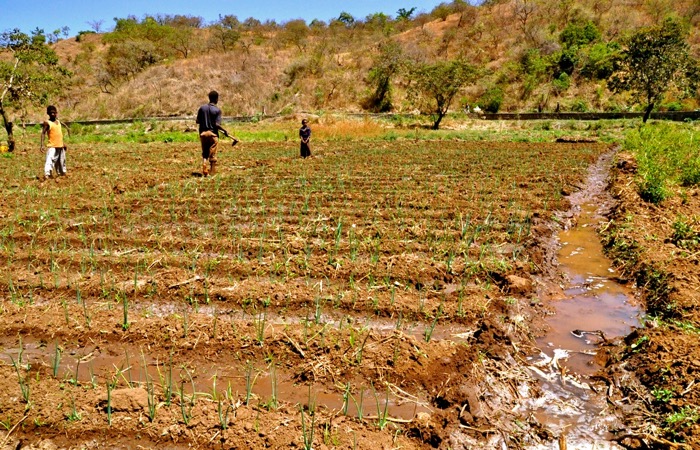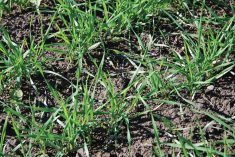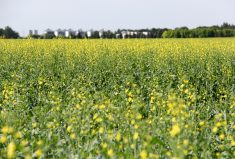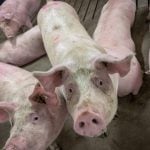It was almost 30 years ago, but the engineer who brought water to Bila remembers well the people’s plight prior to irrigation.
Many were refugees who had been repatriated after the Ethiopia-Somalian war. They were given a piece of canvas for shelter, a shovel, pickaxe, a goat and a cart — and told to start over. “These people had nowhere to go.”
Gebreyes worked for Lutheran World Federation, an NGO that specialized in disaster relief and building community assets. After the Bila project was completed, it was turned over to local government for management.
Read Also

Still hard to predict precise fertilizer payback
Despite decades of advances, international research finds no clear answer for where and when adding nutrient will fail to boost growth.
Gebreyes, who later retired from LWF and started his own Ethiopian NGO, Support for Sustainable Development, remains proud of those early achievements.
Ethiopia is well endowed with water and irrigation is an untapped resource that could be mobilized to improve food security.
A 2009 report found that the irrigable potential in the country ranges from one to 3.5 million hectares of irrigable land, of which between five to 10 per cent has currently been developed.
Bila was one of the first projects to use the food-for-work model, which in itself wasn’t easy when working with a population that was by then dependent on food aid handouts.
But he stressed chat was not one of the crops promoted at the time. “We never allowed chat,” Gebreyes said.
But when a half-ha of chat can bring in 250,000 birr, (US$12,500), it was almost inevitable. In some regions, coffee — one of Ethiopia’s flagship export commodities — is being torn up to make way for chat, he said.
When SSD develops a project nowadays, whether it is an irrigation project, school or medical service facility, Gebreyes requires a 30 per cent commitment from either the local community or the government.
And when SSD completes a project, it doesn’t leave right away, it continues monitoring until it is convinced local management is on solid footing. “We are always hanging on to one end of the rope,” he said. “So many NGOs do the work and pull out. After two years, there is nothing there.”
















